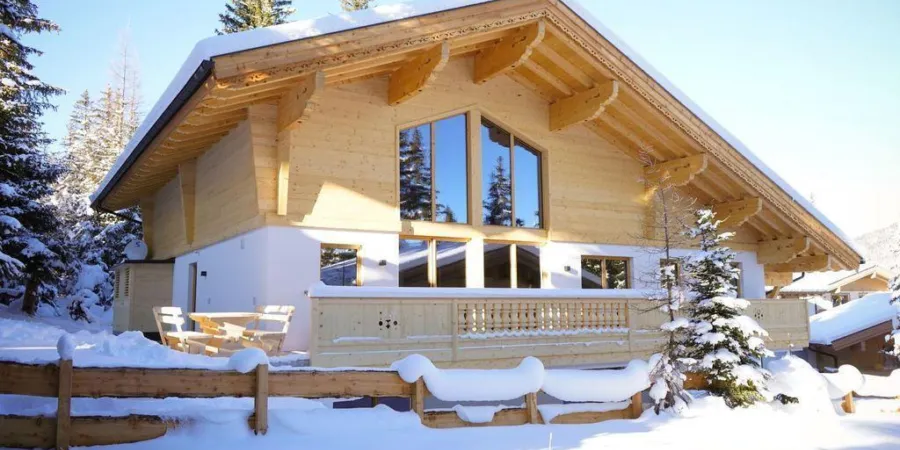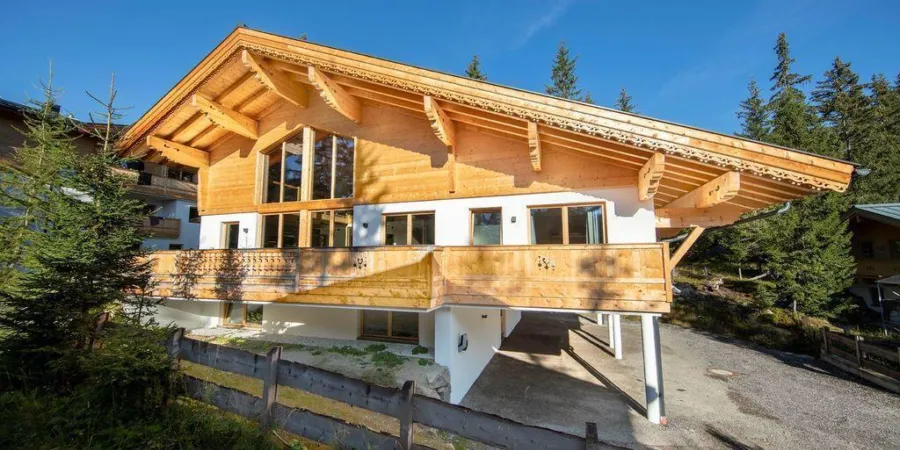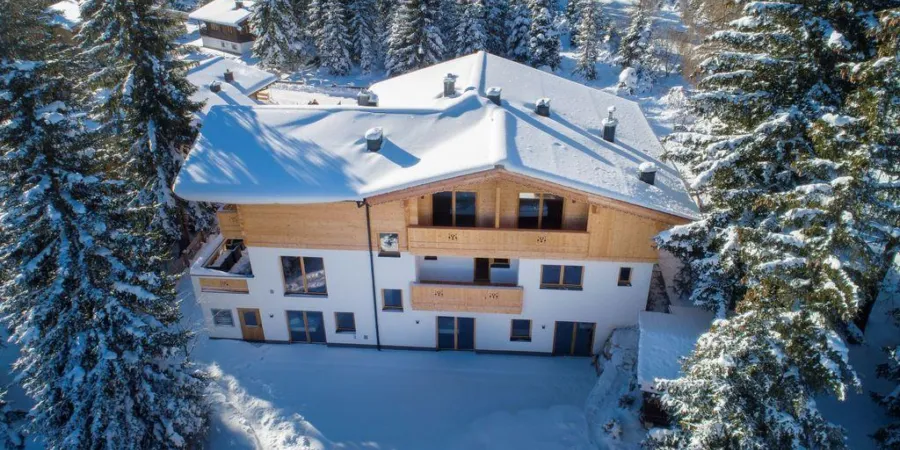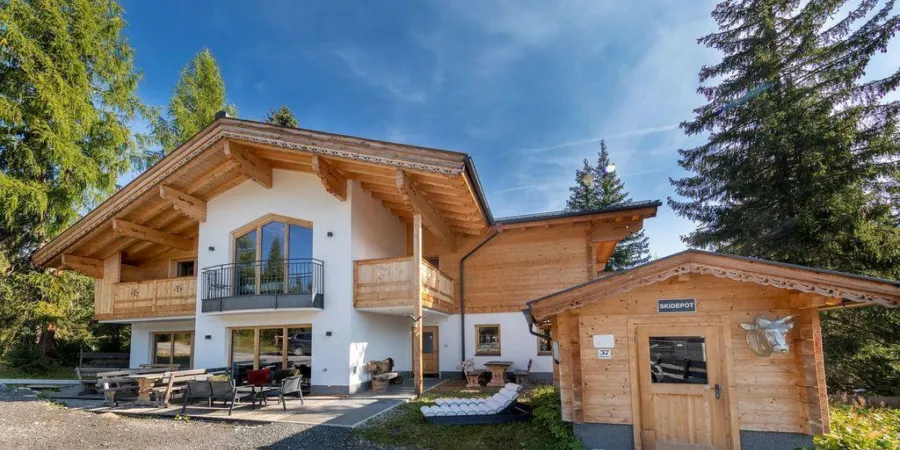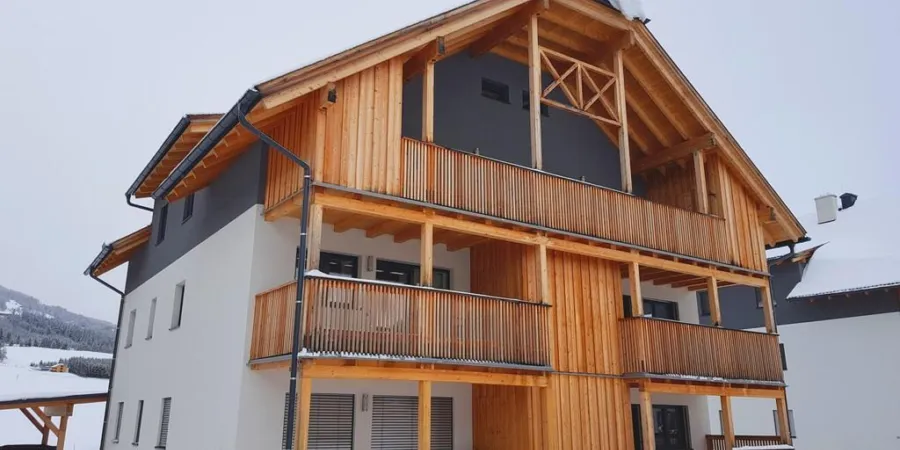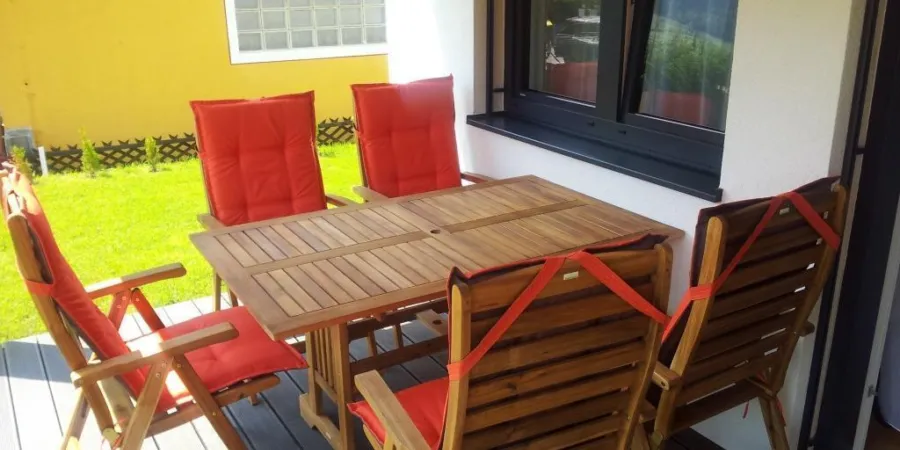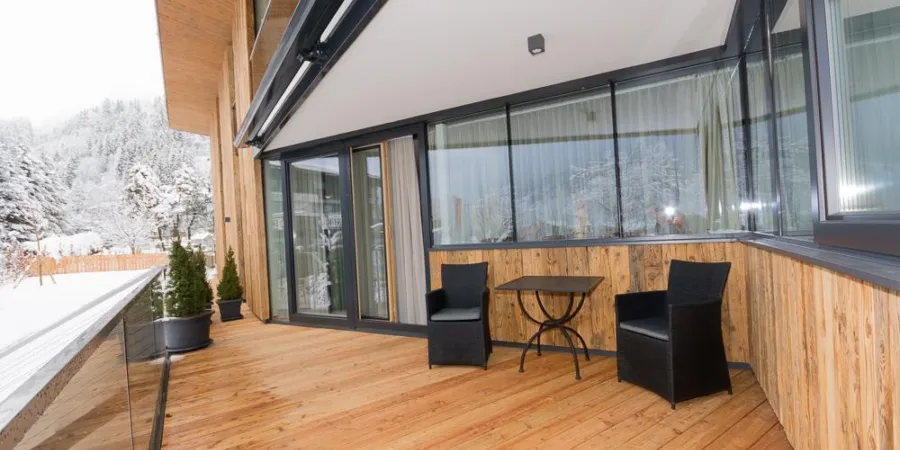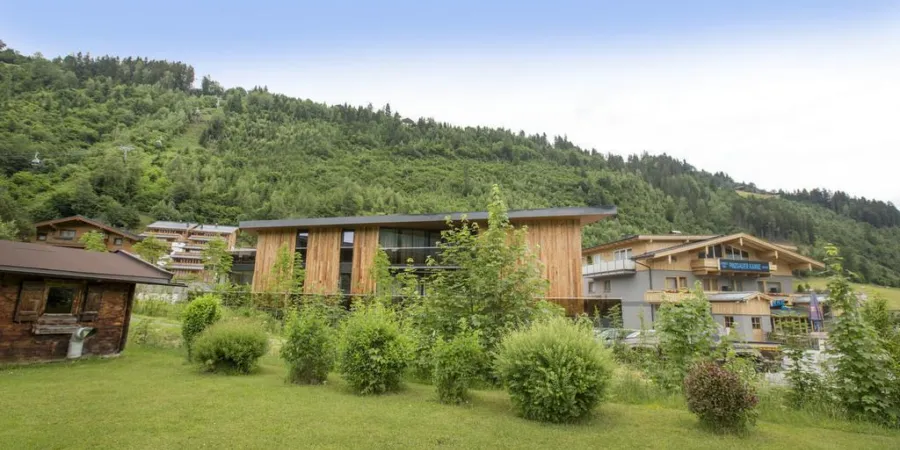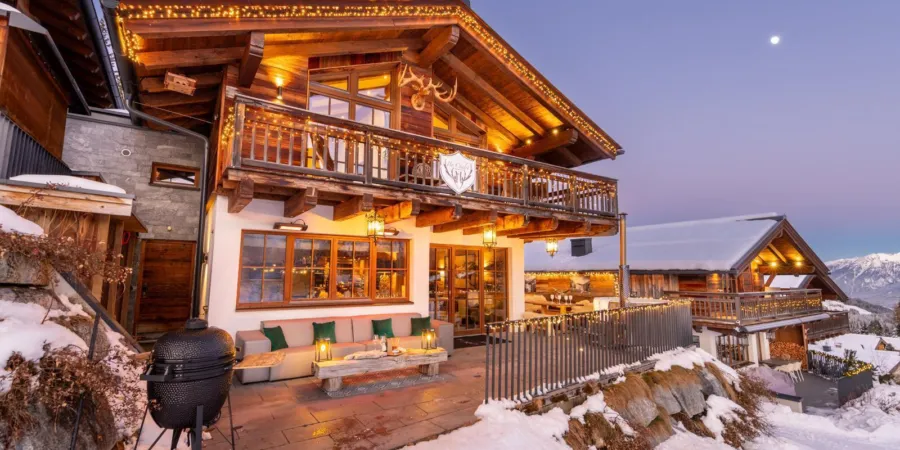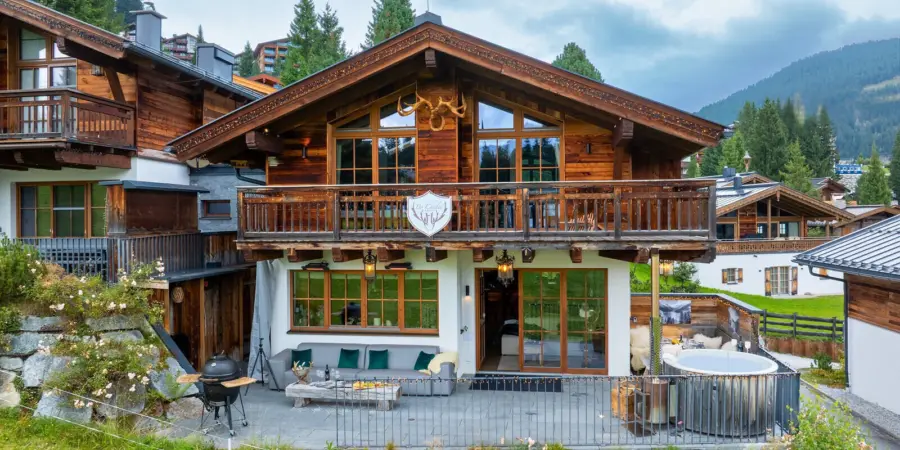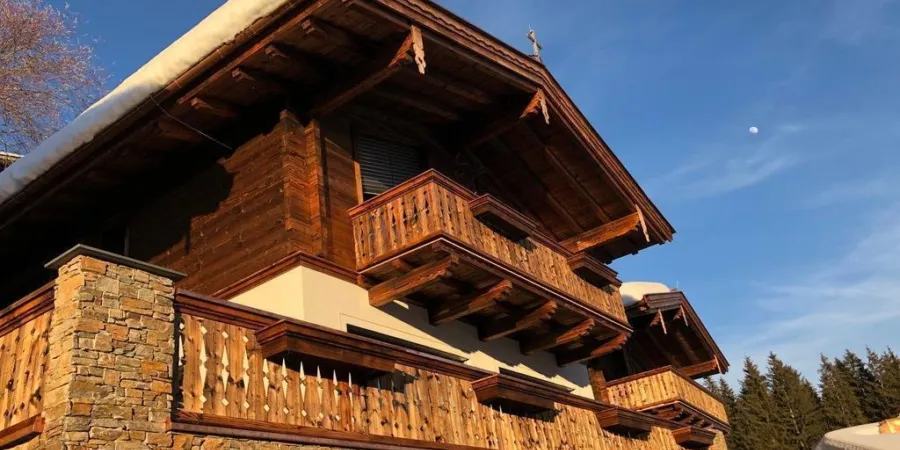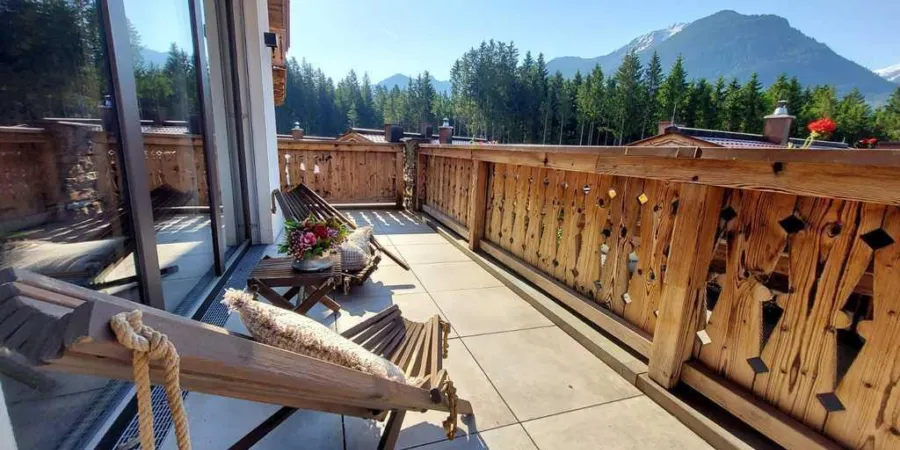Austria through the seasons
By: Petra at 03 May 2019
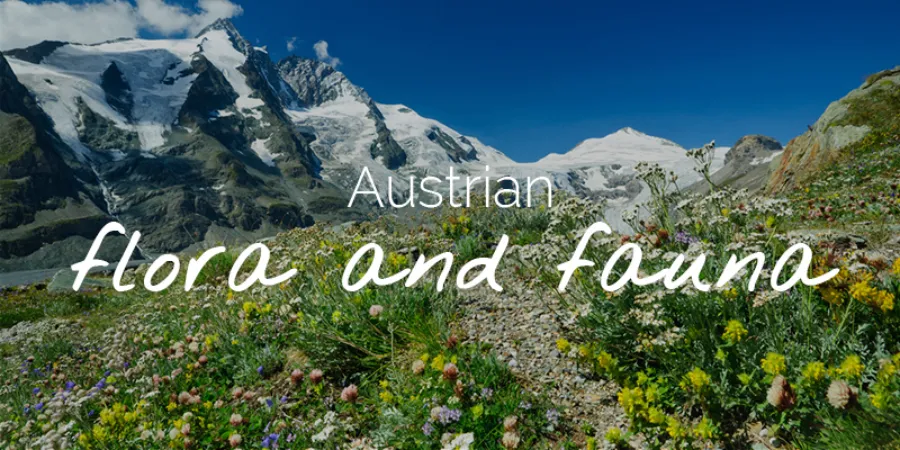
Thanks to the large differences in height in the Austrian Alps, there is a wide variety of plant and animal species. Some animals and plants can only be found in the climate zones high in the mountains, while other flora and fauna are characteristic of the valleys.
Over 10,000 animal species live in the Hohe Tauern National Park, which stretches across the federal states of Salzburg, Carinthia and Tyrol! The park has 266 peaks of over 3,000 meters, 342 glaciers, magnificent waterfalls and mountain lakes. The vast forests, beautiful meadows, special high plains, rock formations and year-round snow, attract holidaymakers to this area all year round.
To properly explore the Hohe Tauern, you can rent a holiday home, apartment or chalet in one of the charming villages in this area. ChaletsPlus in Salzburg offers pleasant accommodations in Wald im Pinzgau, Neukirchen am Großvendiger and Bramberg am Wildkogel.
Are you still undecided on the time of year you want to holiday in the Austrian Alps? Let us help you with your planning. We've put together a guide to explain about the unique flora and fauna and associated activities you can expect in every season:
Over 10,000 animal species live in the Hohe Tauern National Park, which stretches across the federal states of Salzburg, Carinthia and Tyrol! The park has 266 peaks of over 3,000 meters, 342 glaciers, magnificent waterfalls and mountain lakes. The vast forests, beautiful meadows, special high plains, rock formations and year-round snow, attract holidaymakers to this area all year round.
To properly explore the Hohe Tauern, you can rent a holiday home, apartment or chalet in one of the charming villages in this area. ChaletsPlus in Salzburg offers pleasant accommodations in Wald im Pinzgau, Neukirchen am Großvendiger and Bramberg am Wildkogel.
Are you still undecided on the time of year you want to holiday in the Austrian Alps? Let us help you with your planning. We've put together a guide to explain about the unique flora and fauna and associated activities you can expect in every season:
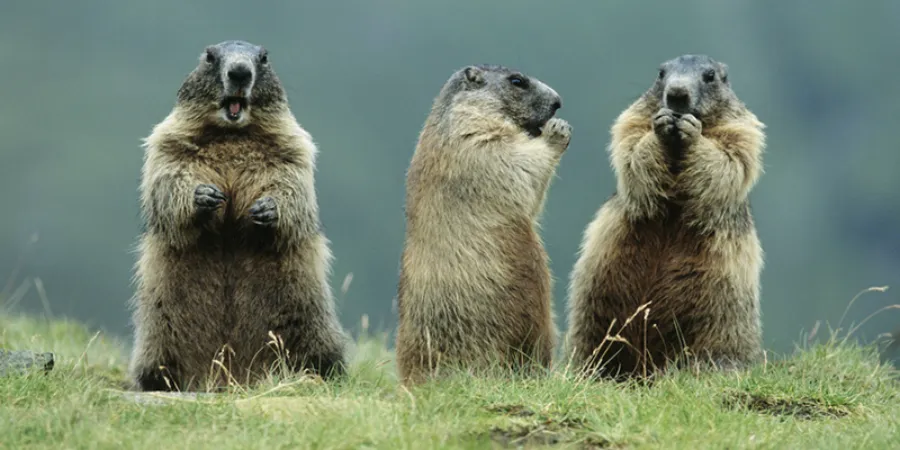
Alpine flowers and alpine marmots in the spring
Winter sports enthusiasts prefer the beginning of spring because of the longer days and optimal snow conditions for skiing or snowboarding in Austria. Spring is, therefore, the high season. By the end of spring, the temperatures are mild and pleasant; ideal for venturing up the mountains for a long walk or a nice bike ride.When the snow disappears, you will find fresh greenery and flowers. You can look forward to Alpine daisies, which make the meadows look even more cheerful. The azure blue gentian is highly characteristic of Austria. You come across these little flowers in open spaces in the forest and dry alpine meadows. When you go out into nature, look out for Alpine marmots, locally called 'Murmeltiere', which are stuffed full of food with fresh alpine herbs. The marmots have thick skin that keeps them nice and warm. They cannot stand the heat well and you will, therefore, mainly find them above the tree line. If it is too hot, they disappear into the coolness of their lair. Spring is, therefore, a better time to spot Murmeltiere than on a warm summer day. These charming animals are common in the Grossglockner area, where you can find them by carefully listening out for their special whistle sounds that resemble the sound of a bird.
Fragrant flowers and herbs in the summer
In summer, you can visit various herb gardens (Kräutergarten) in Austria where you can taste and smell. The herbs are used for cooking or making tea, but many also have a healing effect. You can gather, for example, the mountain herb arnica that has anti-inflammatory and analgesic effects or beaver quick burnet-saxifrage that is used to treat a sore throat and chesty cough thanks to its expectorant effect.In addition to herbs, you will also find unusual and beautiful wildflowers in Austria in the summer. The most famous has to be Edelweiss. This white flower with a special shape is known from the song of the same name from the film 'The Sound of Music'. The flowering time of Edelweiss is from June to August inclusive. Edelweiss grows in almost inaccessible rock mountains and is, therefore, traditionally taken as a trophy after a tough climb. As Edelweiss is rare, it is a protected species nowadays and you are not permitted to pick the flowers but you can, of course, admire them.
During a summer mountain hike in the Austrian countryside, you'll often hear the lovely sound of ringing bells. The cows on the alpine pastures have these bells around their neck so that the farmer can easily find them again. The cheese from these cows is used to make delicious cheese that tastes great on a sandwich or with drinks. Finally, you can cool off in the summer in one of the beautiful Austrian lakes. In the state of Salzburg, where you can always book a wonderful holiday home through ChaletsPlus, you will find, inter alia, the Wolfgangsee, the Fuschlsee and the Zeller See, the location of the legendary Zell am See.
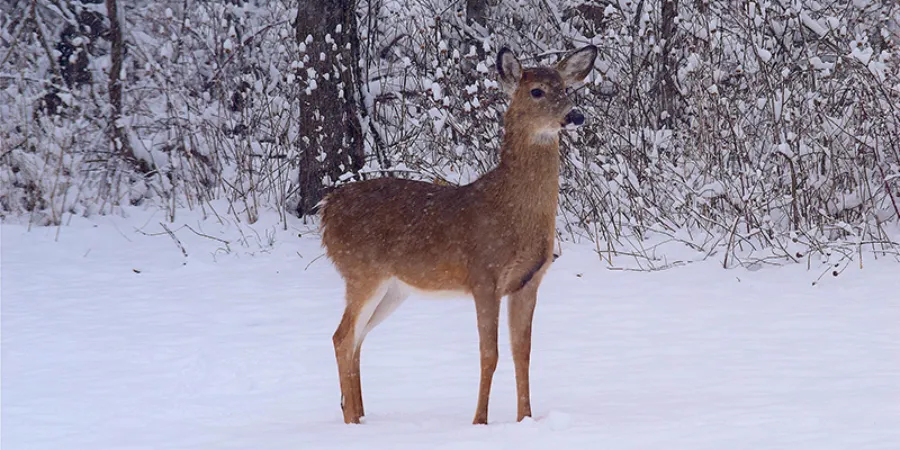
Mushroom picking in the autumn
Even in the autumn, it is wonderful to go into the Austrian mountains and look out over the forests that turn into a true colour spectacle. You will also find special mushrooms, all shades of green, brown, red, yellow and orange. In autumn, you will find plenty of porcini mushrooms and tasty chanterelles growing wild in Austria. Look out for damp places with moss, follow your nose and pick mushrooms for a delicious goulash or pasta with chanterelles. Do a little research beforehand, because it is very important that you are confident that the mushrooms are actually edible. The well-known red and white fly agaric is not edible and should be avoided, just like the red cup fungus and some milk fungi.Every year, at the end of September, you can also visit the Almatrieb in Westendorf. This is a farming tradition that celebrates the cattle returning to their stables. The entire village gets into the party mood and there are many activities and music performances. The streets are decorated, crafts are demonstrated and you can taste all kinds of goodies. The Almatrieb itself is a sort of procession where farmers and cattle walk through the villages. The cows and sheep are decked out with flowers and wear colourful robes.



